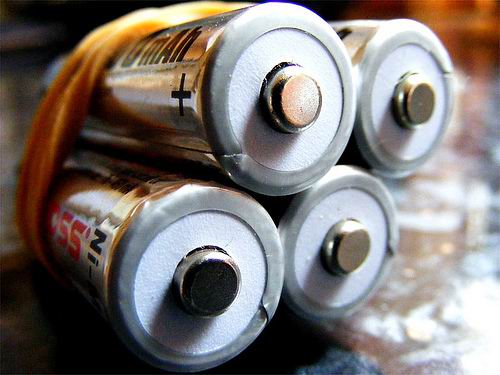|
I heard a great webinar talk this week by Rick Hanson, a psychologist who’s written several books about reprogramming the brain through positivity and mindfulness training.
(The webinar was through the National Institute for the Clinical Application of Behavioral Medicine at www.nicabm.com, which runs great free series for psychologists and interested members of the public.) One of the things I took from the talk was the concept that we as humans tend towards the negative as a survival instinct, because those ancestors who were too optimistic got eaten. Because we have that instinct (which is programmed through the reactions of the amygdala), over the course of our lives, we can tend towards more and more fear and anxiety until we have a hair-trigger response to it. We may start off with a tendency towards this because of an unsafe home environment, or it might have been started by a severe illness, by a trauma or series of traumas like a broken bone, an auto accident or even cerebral palsy. (My dear friend with cerebral palsy has told me that since finding an online CP group, she realized that everyone has been diagnosed with fibromyalgia along the way, after enough falls and injuries.) So I’ve mentioned before that I have read that this is a freeze response problem. Folks talk about fight or flight all the time, but there is also a freeze response and these neuropsychologist types are thinking that we chronic pain sufferers have our freeze response on overdrive. I heard a story on NPR the other day about a woman who is in chronic pain since the traumatic death of her daughter, who was killed right in front of her. I’m sure that at least part of her pain is from this freeze response. (The story was on Morning Edition on 1/23/13 if you want to listen to it at http://www.npr.org.) Unfortunately, we are part of a culture who thinks that if pain is partly in your head, that you are mental, or shirking, and you should just pull yourself up by your bootstraps–but this mindset is neither helpful nor true! I firmly believe that the freeze response is a normal, human response to trauma and the only difference between folks in agony and those who are not is the level of trauma you’ve been exposed to as well as what developmental stage you were in when you were exposed to the trauma. In other words, it takes less to traumatize a baby than it would an adult. People have different genes and different backgrounds which may lead them to use the fight response or the flight response instead of the freeze response, but if enough bad things happen to anyone, I believe they will go from fight/flight and into freeze and that’s where the pain will eventually come from. (Now obviously, the fight response on overdrive leads to heart disease, so it’s not just the freeze response that is a problem.) Freeze is about muscle constriction- muscle tightening- which from one mildly traumatic event means nothing, but with repetition it becomes a pattern, until eventually it isn’t even noticed anymore, since the brain can hide pain to help us function. That’s also a survival response- when in fight/flight/freeze, our pain state is hidden from us, so we can run on that injured leg and escape to safety. Only the freeze state never ends for some of us. We need to change this cultural mindset; to get the word out and turn things around, because there’s an epidemic of people who are addicted to painkillers because their well-intentioned doctors use drugs as a first-line treatment instead of as a part of a treatment protocol. In my opinion, that protocol should include yoga, meditation, Emotional Freedom Technique, psychotherapy, as well as chiropractors or osteopaths who look at imbalances of how muscles are used and give specific exercises to turn things around. It should also include dietary changes, because folks with low vitamin D levels, as one example, might have less pain tolerance than they could have rather than being truly in chronic pain. It means folks need to be taking prebiotics, probiotics and digestive enzymes as well. And at least cut back the wheat, even if you can’t cut it out. To circle back to that amygdala, though, Rick Hanson says it’s possible to retrain it. He says whenever you are experiencing a positive moment, try to take 10-20 seconds to savor it: notice how you feel in your body; the peace or warmth or deliciousness of that state. Doing that on a consistent basis will help retrain your amygdala away from being an anxiety basket-case, to functioning normally. I’m hopping on that bus:-) I hope you will too, should you need it.
0 Comments
Your comment will be posted after it is approved.
Leave a Reply. |
AuthorElizabeth Morse, author of Your Best Health by Friday. Archives
January 2015
Categories |
